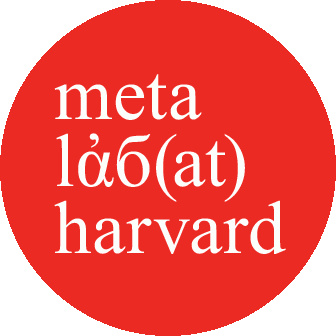AIxquisite Corpse
Date: 2021Images of the objects that museums collect are increasingly analyzed by algorithms. What is the relationship between algorithmic image analysis and time-honored traditions of human study, analysis, and curation? How might humans interact with algorithms to produce new modes of creative and curatorial expression?
Aixquisite Corpse invites museum patrons to explore these questions by playing a variant of the famed surrealist game. According the game’s rules, players take turns drawing individual sections of a body; as the drawing is passed along, it is folded so as to conceal previous sections. Much like an image recognition algorithm, players have no prior knowledge of the image in its prior states.
In the case of Aixquisite Corpse, images from the Harvard Art Museum’s database have been analyzed, yielding automated descriptive metadata, as well as indications of the presence of human figures. The latter subset of images has been further parsed to extract heads, torsos, and legs, and their associated metadata, so as to then allow visitors to recompose the figures using this very metadata as a guide. The result is a machine for generating fantastic pairings of heads, torsos, and legs that expose the conjunctions and disjunctions between computer vision and human ways of making sense of the world. (Kevin Brewster, Keith Hartwig, Daniel Newman)
Curatorial A(i)gents presents a series of machine-learning-based experiments with museum collections and data developed by members and affiliates of metaLAB (at) Harvard, a creative research group working in the networked arts and humanities.

